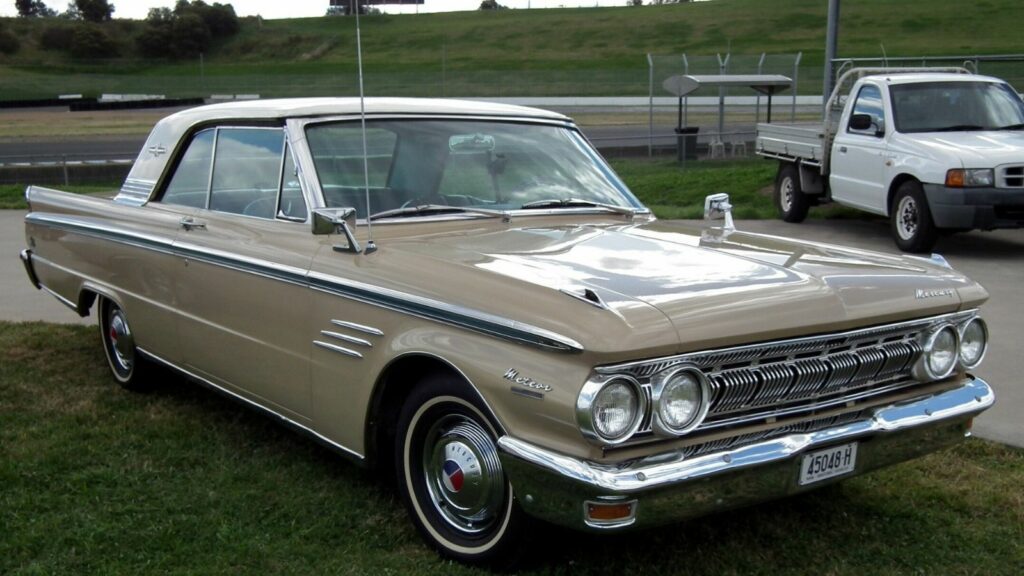Canada’s car market has always been closely tied to the United States, but that doesn’t mean the two countries have always had identical offerings. In fact, Canadian dealerships have often sold vehicles that were never available to American buyers, let alone the wider global market. Some of these cars existed to fill very specific dealer gaps, others were rebadged versions of U.S. or global models, and a few were Canada-only creations born out of the unique balance of consumer demand, geography, and corporate strategy. Expanded here with more history, context, and stories, these twelve cars showcase how Canada carved out its own automotive identity and gave enthusiasts a chance to own vehicles the rest of the world never experienced.
Pontiac Acadian
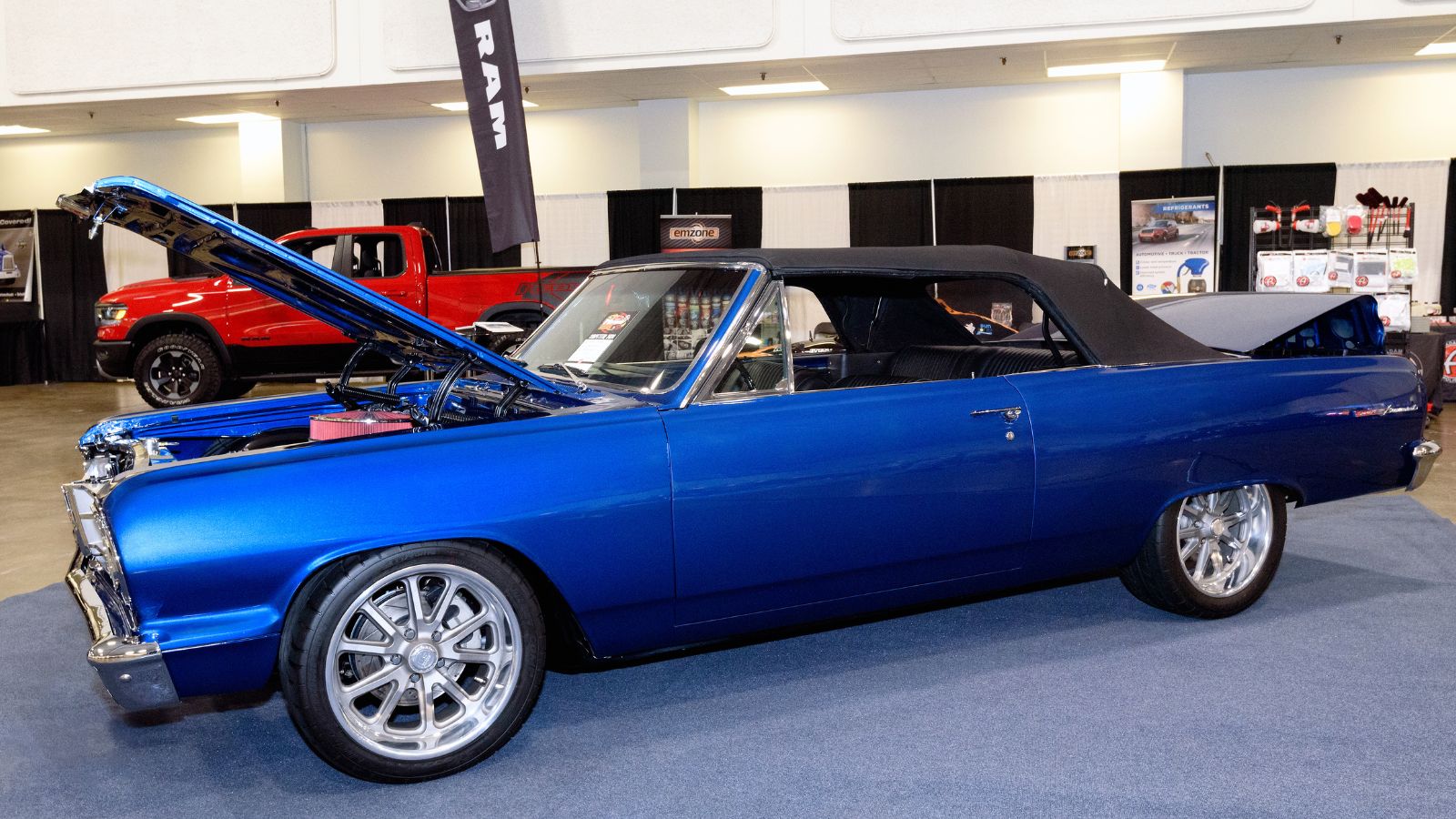
The Pontiac Acadian is one of the best examples of Canadian exclusivity. Introduced in the 1960s, the Acadian was essentially a rebadged Chevrolet Chevy II, later evolving into a Canadian version of the Chevette. General Motors created the Acadian to give Pontiac-Buick dealers in Canada access to smaller, affordable cars during a time when compacts were gaining popularity. While Americans could buy the Chevy II directly, Canadian Pontiac buyers wanted something in showrooms wearing their preferred badge. It may not have been glamorous, but the Acadian filled an important role in Canadian automotive history, becoming a staple in small towns and big cities alike.
Mercury Meteor
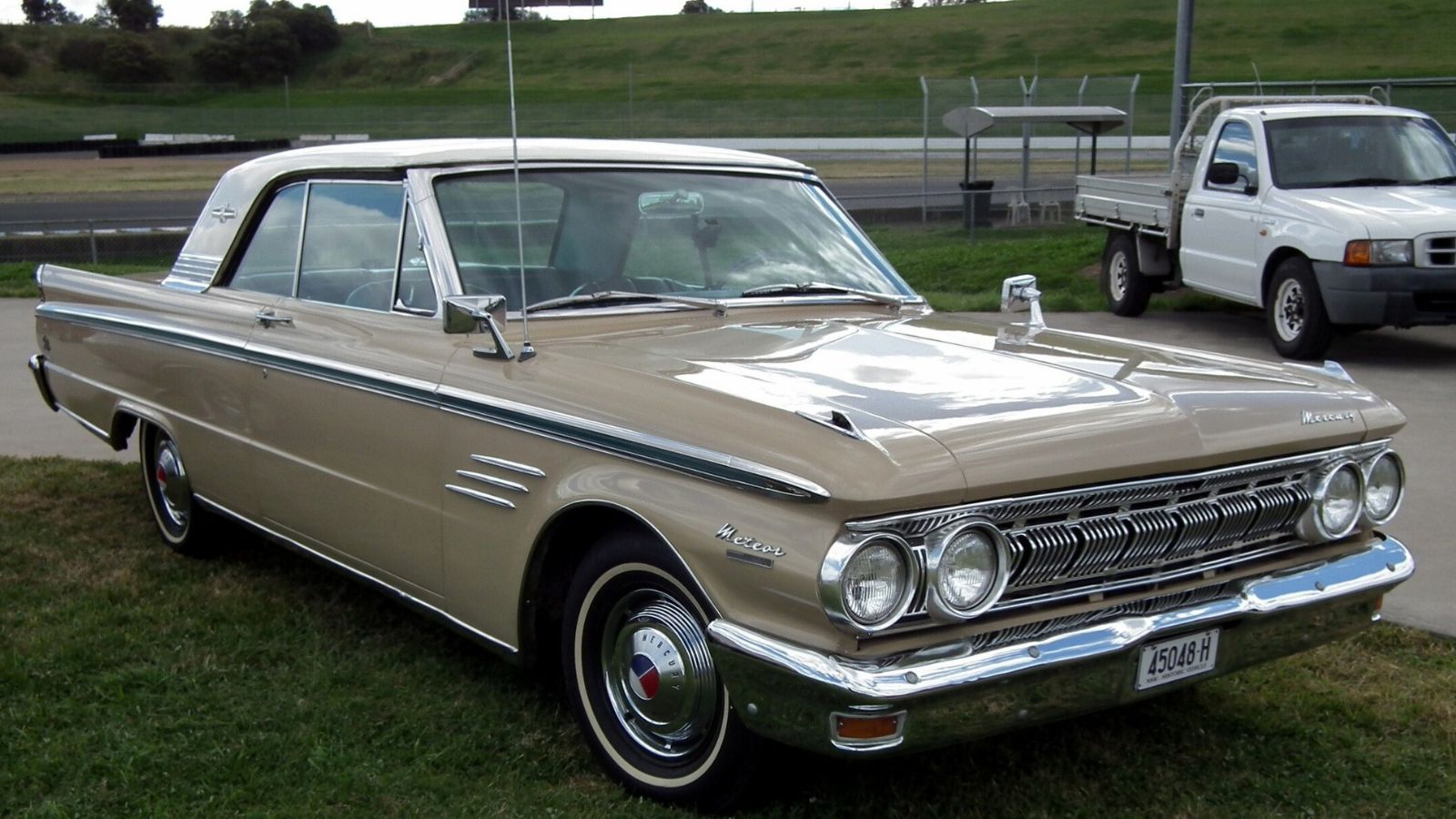
The Mercury Meteor was another nameplate that existed almost entirely for Canada. Launched in the 1950s, it was a full-size car positioned between Ford and Mercury in pricing, designed specifically for Canadian dealerships. Built using Ford and Mercury parts, the Meteor struck a balance of affordability and prestige that appealed to Canadian buyers. In the U.S., Mercury already had more options to fill its lineup, but in Canada, the Meteor carved out its own place. For many families, owning a Meteor was a point of pride because it represented something uniquely domestic.
Plymouth Caravelle
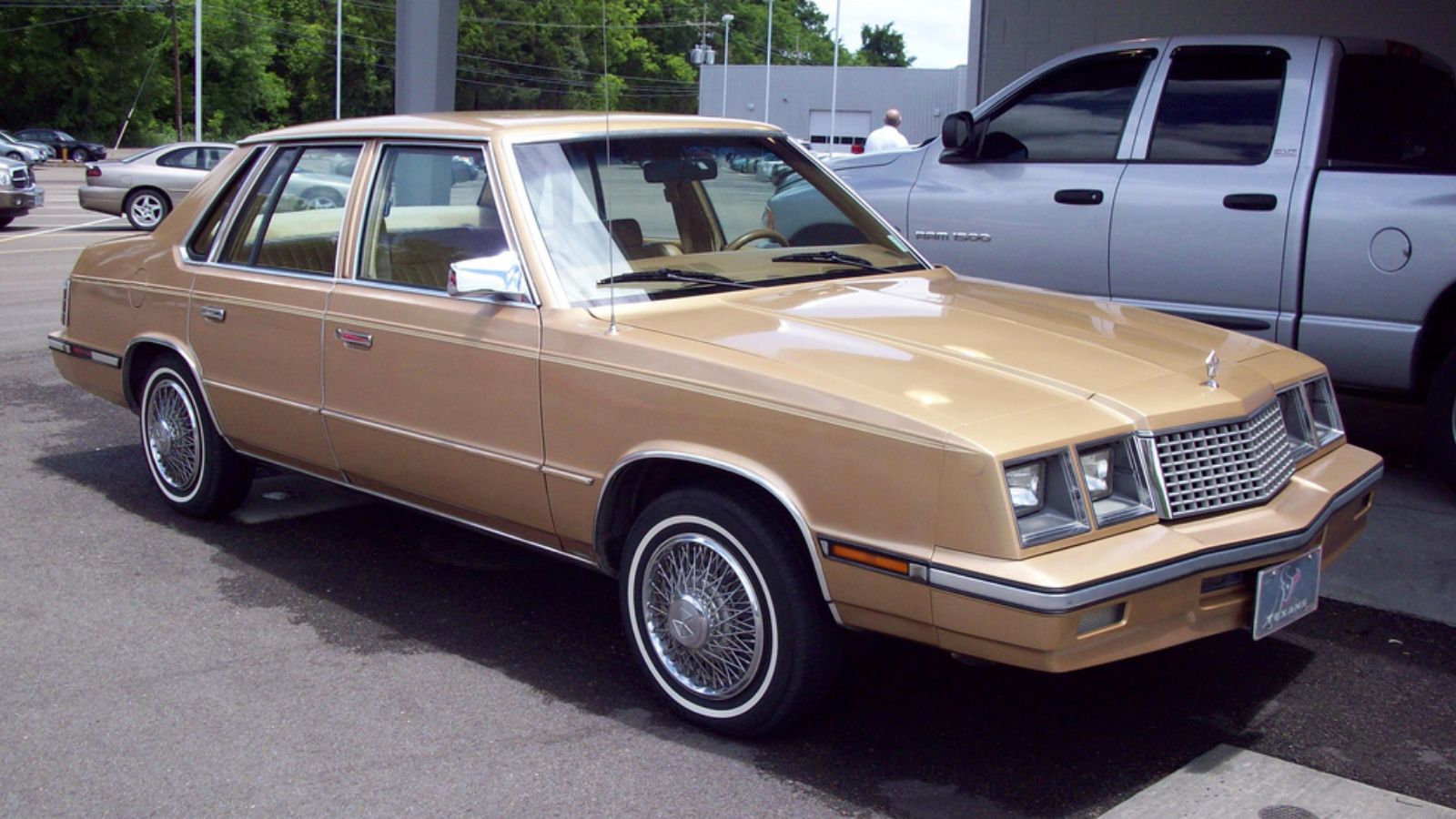
During the 1980s, Chrysler dealers in Canada sold the Plymouth Caravelle, a midsize sedan that never appeared in American showrooms. In reality, it was a rebadged Dodge Diplomat, but for Canadian buyers, the Caravelle became a household name. It gave Plymouth fans access to a comfortable family sedan without requiring them to cross over into Dodge territory. While Americans got plenty of midsize sedans under other badges, the Caravelle carried an identity that was strictly Canadian, and today it remains a nostalgic memory for many.
Chevrolet Optra
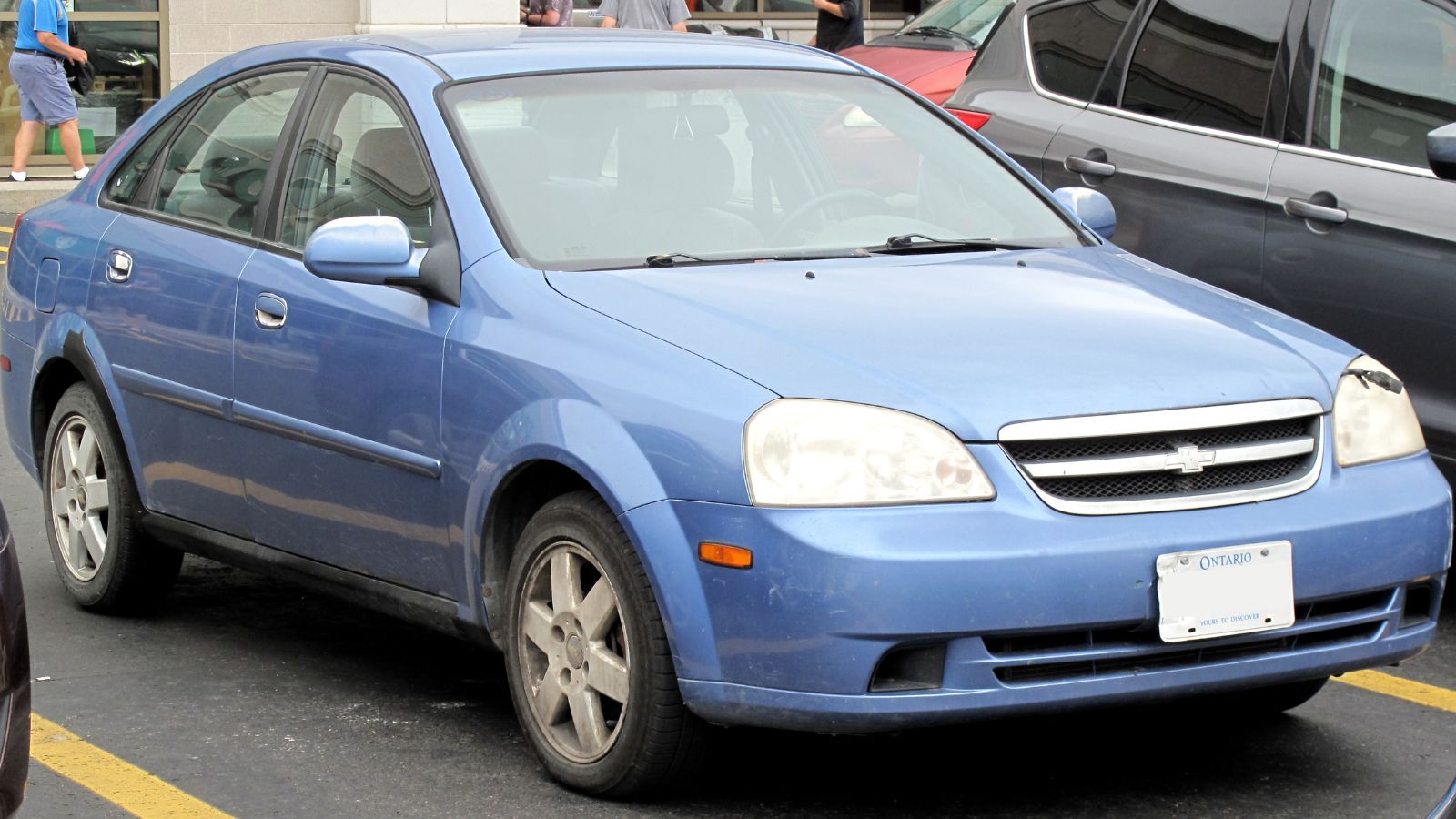
The Chevrolet Optra is remembered as one of the stranger Canada-only models of the 2000s. Built by GM’s South Korean partner Daewoo, the Optra was marketed in Canada as a budget-friendly sedan and hatchback. It was never offered in the U.S., where GM preferred to focus on the Cavalier and later the Cobalt. The Optra filled a gap in the Canadian lineup, giving Chevy dealers an affordable compact option. However, its quality was questionable, and many owners reported reliability issues. While not a success in the long term, it is still notable as a model uniquely tied to the Canadian market.
Pontiac Parisienne
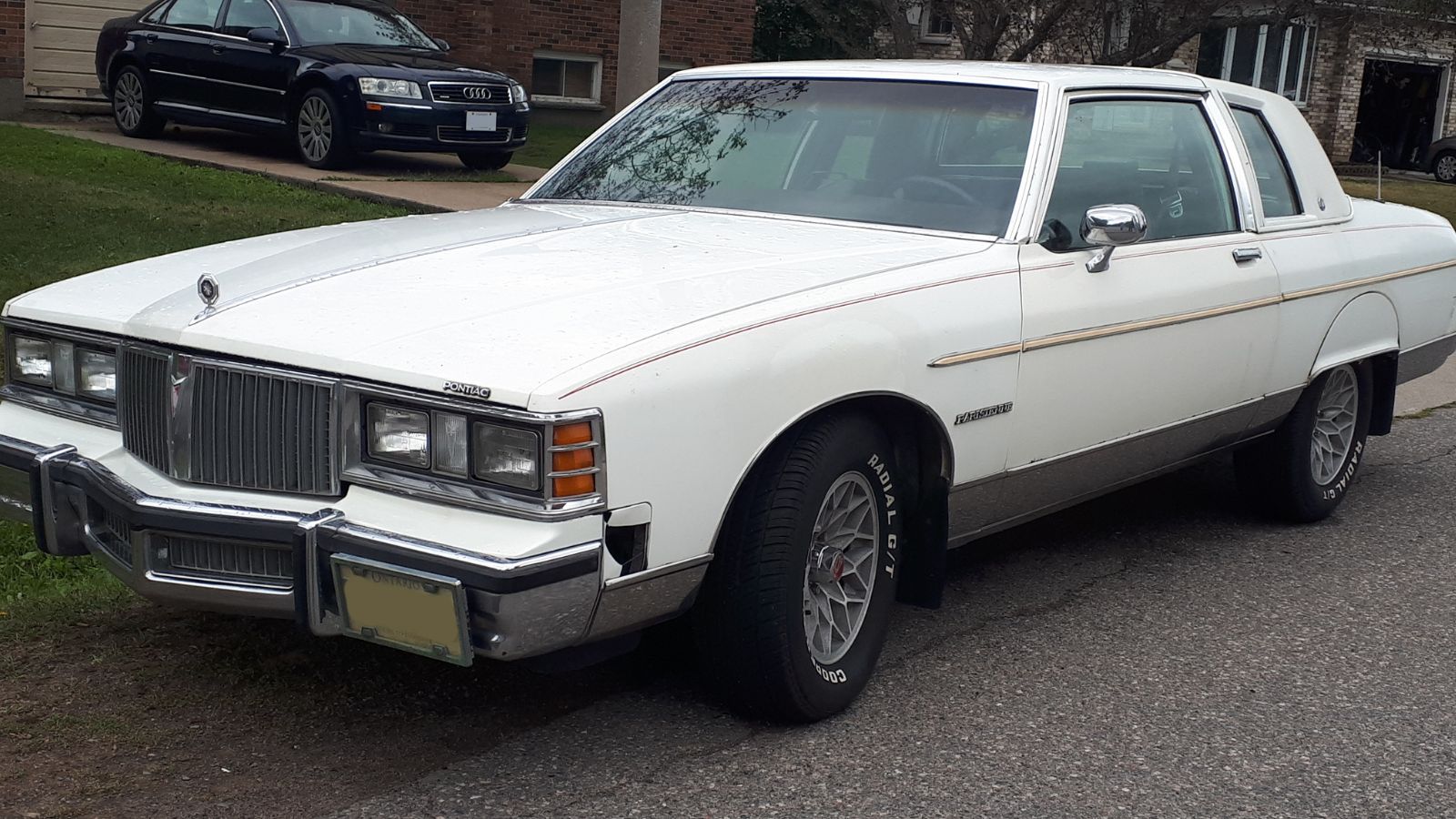
The Pontiac Parisienne was a distinctly Canadian take on Pontiac’s full-size offerings. While Americans were familiar with the Bonneville and Catalina, Canadians got the Parisienne, which often combined Chevrolet underpinnings with Pontiac styling. It was an elegant solution to Canadian market conditions, giving buyers the prestige of Pontiac design with the practicality and cost savings of Chevrolet components. The Parisienne became one of Canada’s best-selling full-size cars during the 1960s and 1970s and is remembered fondly as a uniquely Canadian nameplate.
Chrysler Neon Coupe
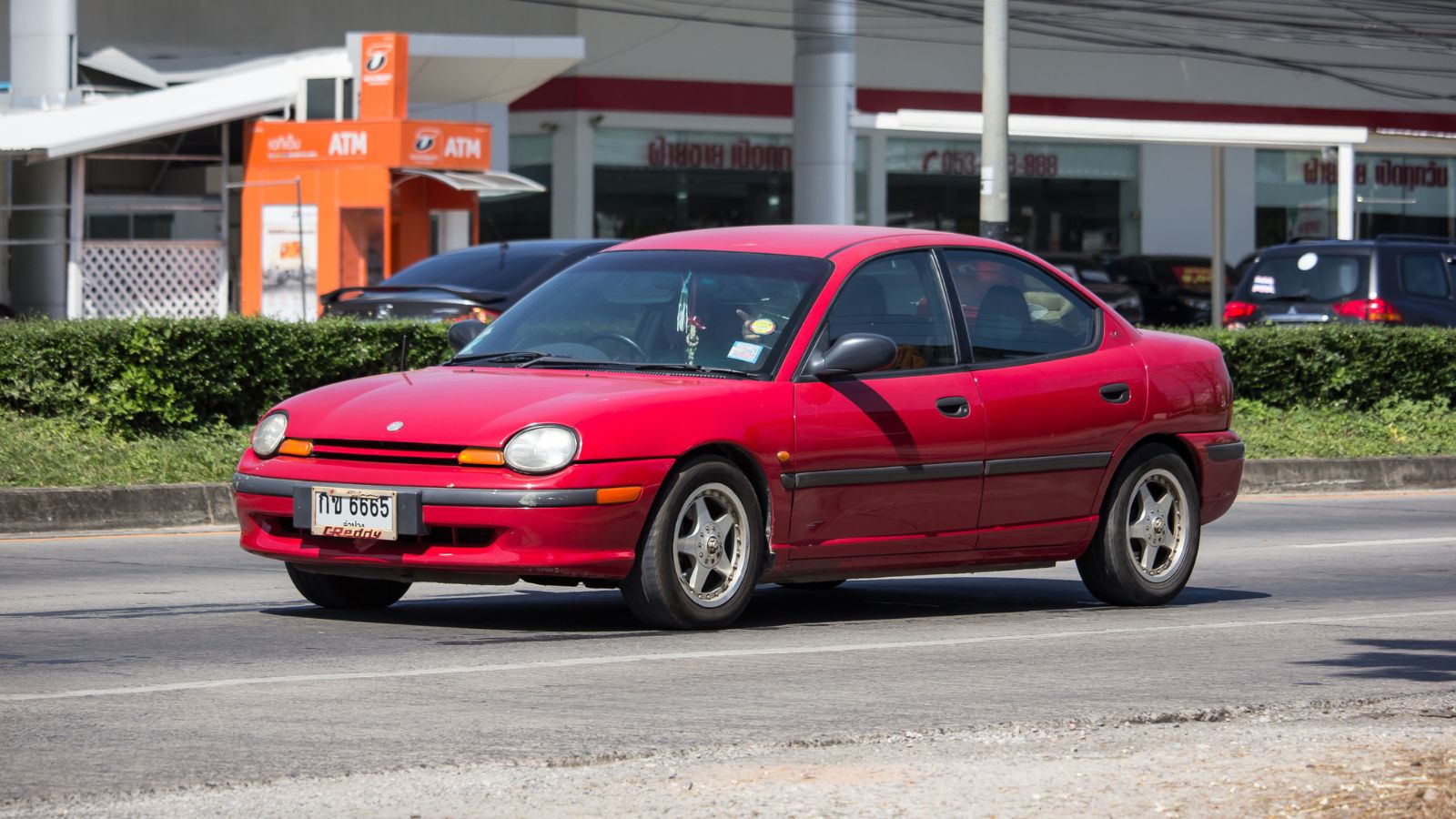
The Dodge and Plymouth Neon were widely sold in the U.S., but Canadian buyers also had the option of a Chrysler-branded Neon. This compact car was marketed as a slightly more upscale version, giving Chrysler dealers a small car to offer at a time when Canadian buyers valued economy vehicles. Americans never saw a Chrysler Neon in their showrooms, making it a badge-exclusive quirk of the Canadian market. While mechanically identical to its siblings, it allowed Chrysler to maintain a full lineup for local buyers.
GMC Acadia Limited
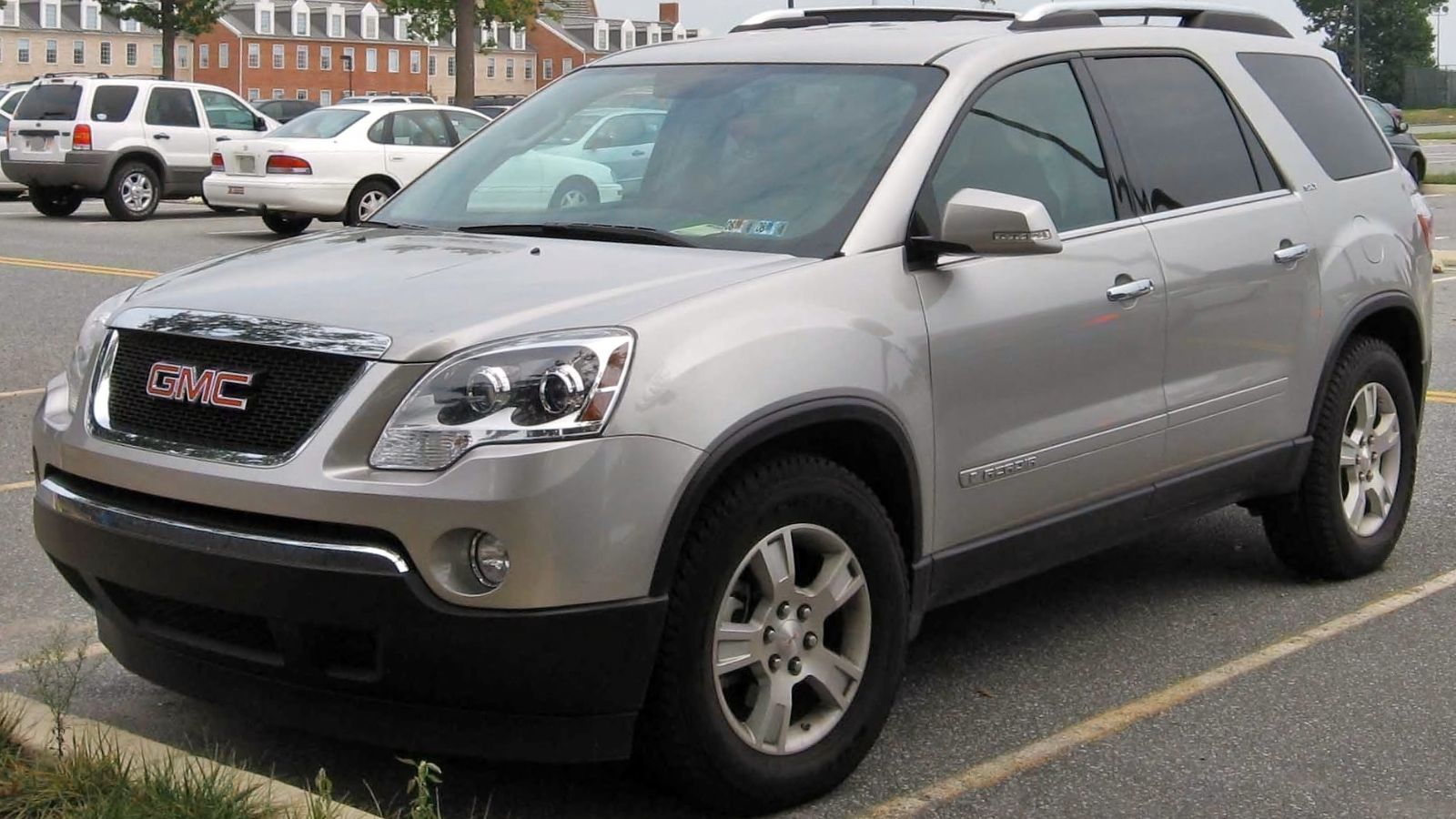
The GMC Acadia Limited was offered in Canada as a stopgap during the transition between the first and second generations of the Acadia. While the U.S. market moved on more quickly, Canadians could buy the Acadia Limited alongside the redesigned model. This overlap created a brief moment where two versions of the same vehicle coexisted in Canadian dealerships, a situation that was rarely mirrored elsewhere. For families needing a large SUV at the time, the Limited offered a familiar choice while the new model took shape.
Mercury Monarch Ghia
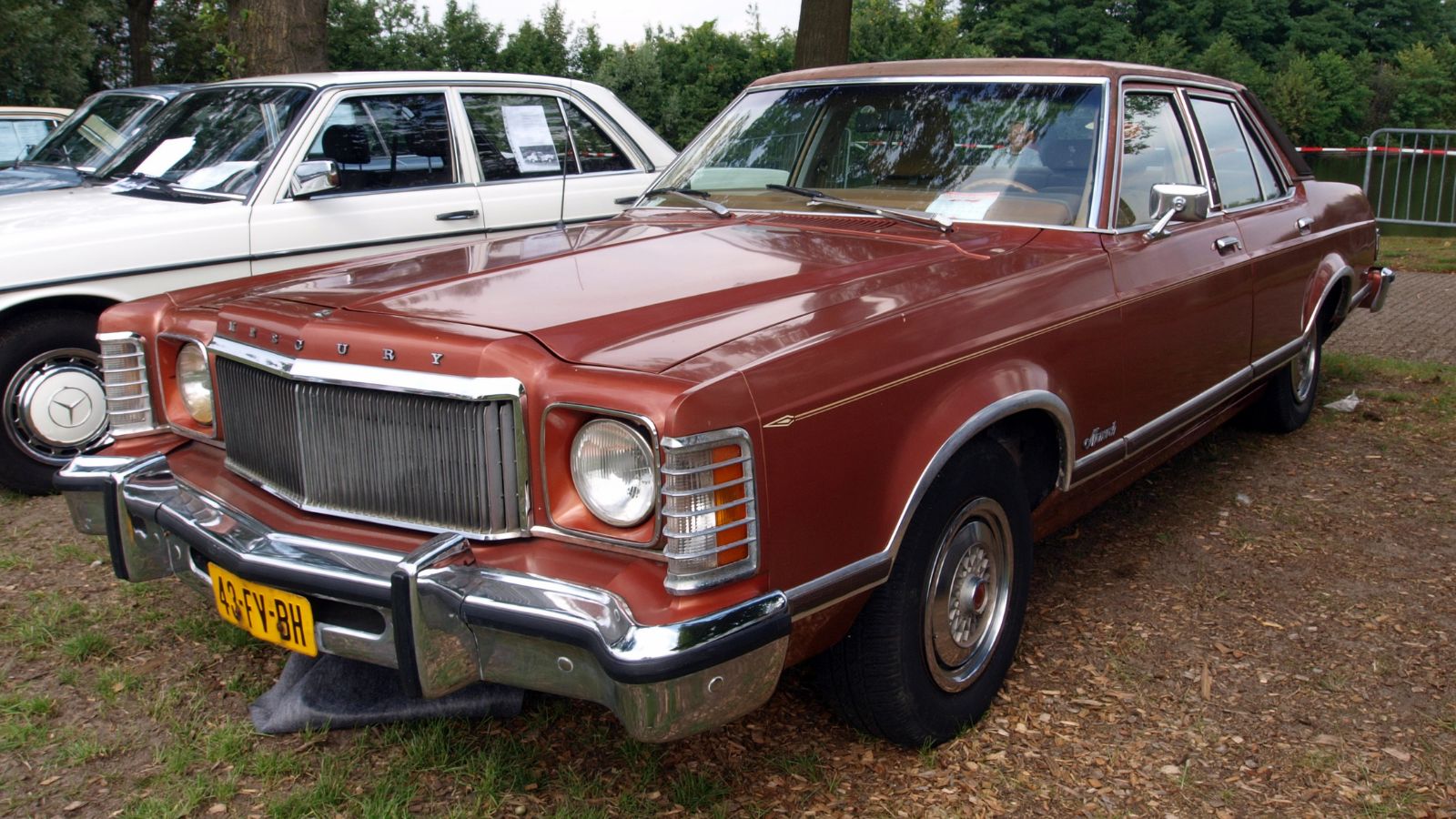
The Mercury Monarch Ghia was heavily marketed in Canada during the 1970s, giving Canadian drivers access to a luxury-oriented midsize sedan that never gained the same traction south of the border. While it was technically available in limited numbers in the U.S., it became strongly associated with Canada, where it offered affordable refinement during a period when upscale domestic sedans were highly valued. Its plush interiors and upscale styling gave Canadian families a taste of luxury at a reasonable price point.
Pontiac Beaumont

Perhaps the most beloved of all Canadian exclusives, the Pontiac Beaumont was essentially a Chevrolet Chevelle reworked with Pontiac styling cues and sold through Pontiac-Buick dealers. It included Pontiac-specific touches such as unique badges and interior trims, giving it a distinct identity. Muscle car enthusiasts today treasure the Beaumont, as it represents Canada’s ability to put its own spin on American classics. With V8 power and styling rooted in Pontiac tradition, the Beaumont is now one of the most collectible Canada-only cars.
Chevrolet Orlando
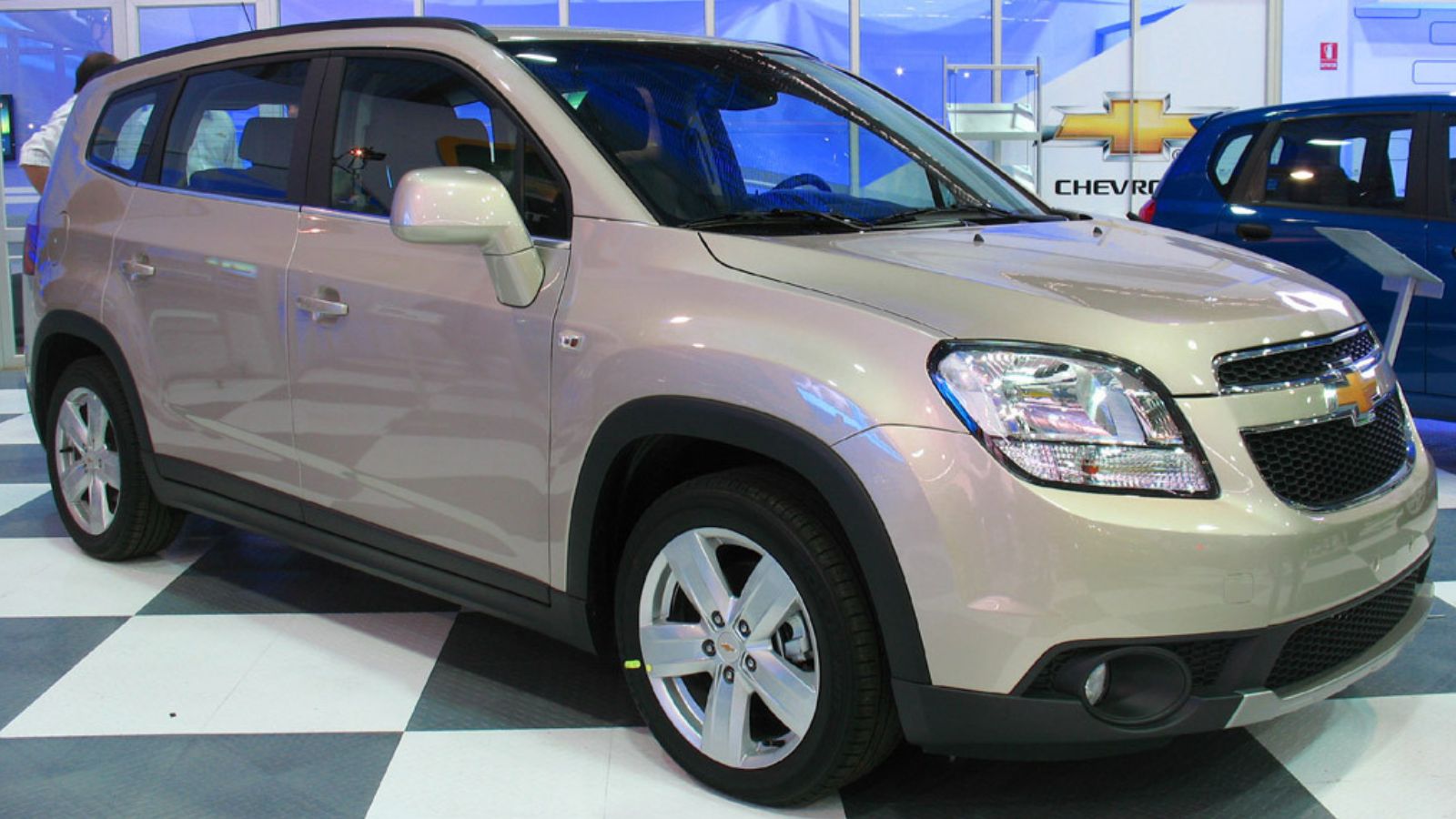
The Chevrolet Orlando was a compact MPV that appeared in Canadian showrooms in the early 2010s but was never sold in the U.S. Built by GM Korea, the Orlando combined minivan practicality with crossover styling. It was aimed at budget-conscious families looking for versatility. While sales were modest, it offered Canadians an option that U.S. buyers never had, making it another reminder of how GM often experimented with Canada as a test market for global products.
Ford Focus Wagon
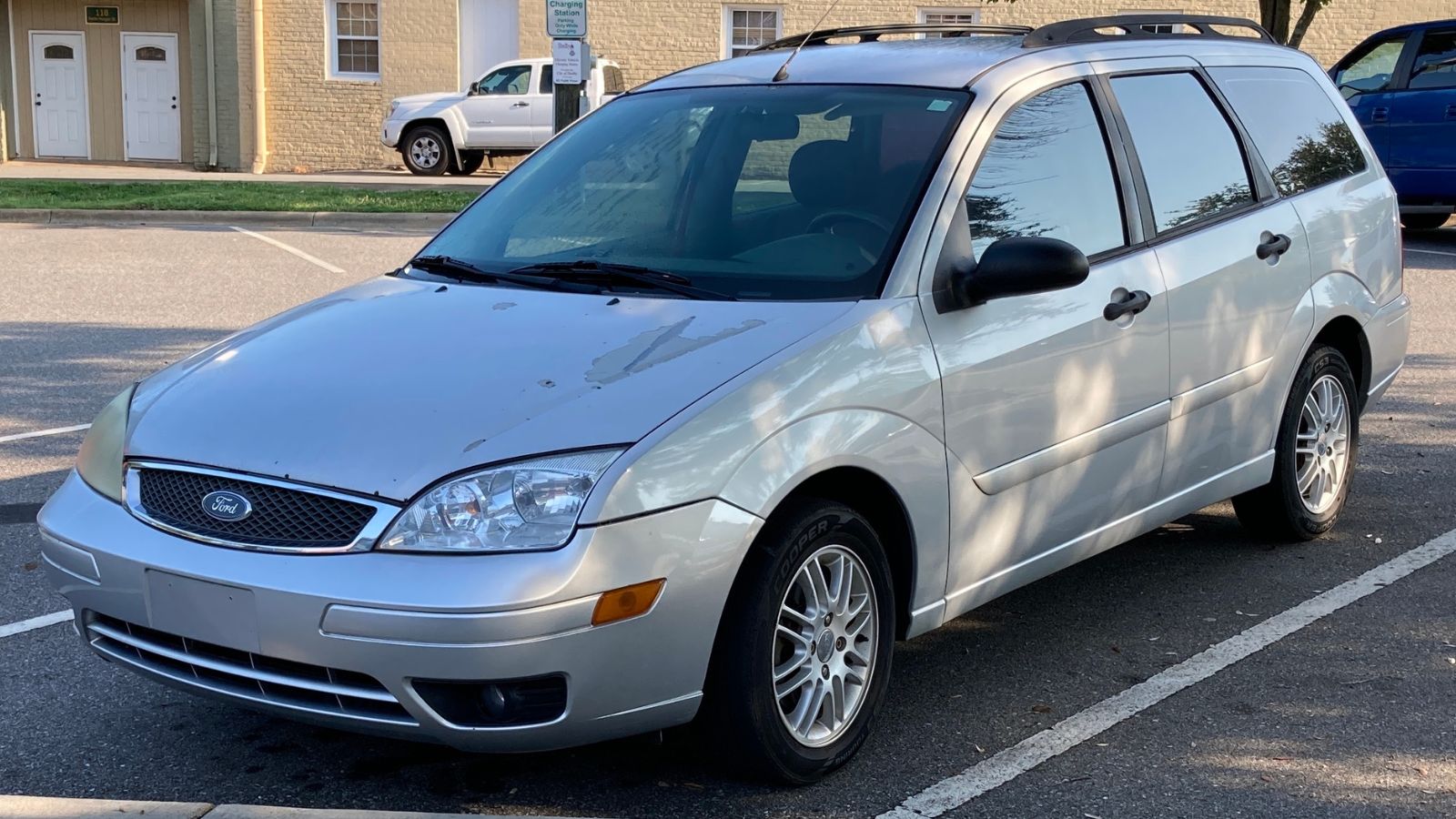
Canadian buyers have always had a soft spot for wagons, and Ford catered to that preference by continuing to sell wagon versions of the Focus even after they were discontinued in the U.S. For rural families, the Focus Wagon was the perfect blend of practicality and affordability, offering generous cargo space in a compact footprint. Americans, by contrast, moved toward crossovers more quickly, which left Canadian drivers enjoying an option that their neighbors could no longer get.
Why Canada Got Its Own Cars

The reason these cars existed often came down to dealer networks and market conditions. In many smaller Canadian towns, dealerships represented multiple brands under one roof, which created gaps that automakers needed to fill. Rebadging or creating Canada-only nameplates allowed companies to keep those dealers competitive and ensure that Canadian buyers always had a full range of options. In some cases, like the Beaumont or Parisienne, it also became a point of pride, giving Canadian car culture something distinct from its American counterpart.
